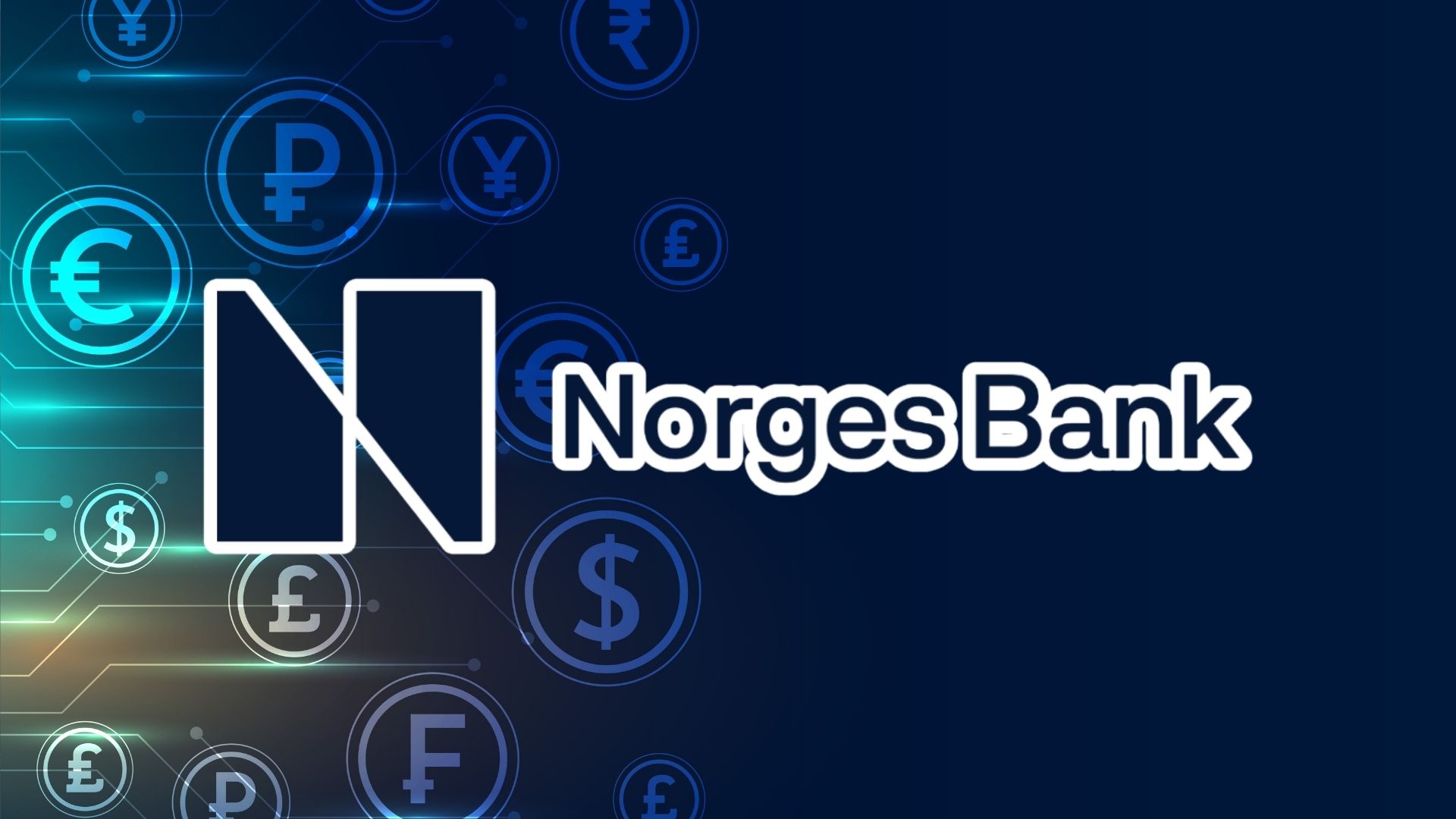The US social media company, Reddit, has launched legal action in Australia as the country enforces the world’s first mandatory minimum age for social media access.
Reddit argues that banning users under 16 prevents younger Australians from taking part in political debate, instead of empowering them to learn how to navigate public discussion.
Lawyers representing the company argue that the rule undermines the implied freedom of political communication and could restrict future voters from understanding the issues that will shape national elections.
Australia’s ban took effect on December 10 and requires major platforms to block underage users or face penalties that can reach nearly 50 million Australian dollars.
Companies are relying on age inference and age estimation technologies to meet the obligation, although many have warned that the policy raises privacy concerns in addition to limiting online expression.
The government maintains that the law is designed to reduce harm for younger users and has confirmed that the list of prohibited platforms may expand as new safety issues emerge.
Reddit’s filing names the Commonwealth of Australia and Communications Minister Anika Wells. The minister’s office says the government intends to defend the law and will prioritise the protection of young Australians, rather than allowing open access to high-risk platforms.
The platform’s challenge follows another case brought by an internet rights group that claims the legislation represents an unfair restriction on free speech.
A separate list identifies services that remain open for younger users, such as Roblox, Pinterest and YouTube Kids. At the same time, platforms including Instagram, TikTok, Snapchat, Reddit and X are blocked for those under sixteen.
The case is expected to shape future digital access rights in Australia, as online communities become increasingly central to political education and civic engagement among emerging voters.
Would you like to learn more about AI, tech and digital diplomacy? If so, ask our Diplo chatbot!









